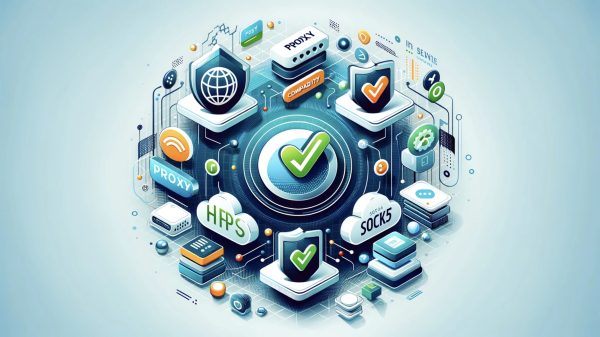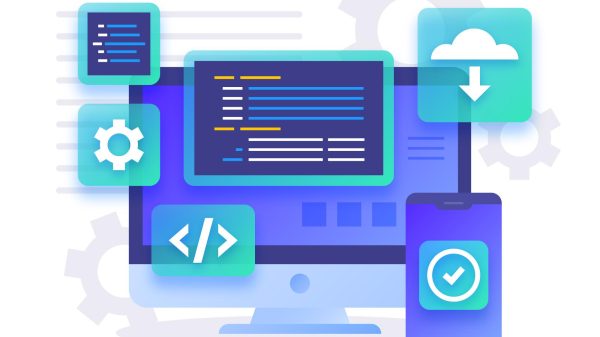Several factors, including the rise of IoT devices and the expansion of cloud services, contribute to an increased need for edge computing in businesses today. When used in conjunction with cloud technology, edge computing can help companies improve their internal efficiency and competitiveness and provide better service to customers or clients.
While some enterprises may still be unclear about edge computing and how it can benefit them, you will have no such issues once you’ve finished reading this article. Here are the top five benefits of edge computing.
Advantages of Edge Computing
1) Efficient and Economical
There’s a reason why big businesses choose to use cloud services. Cloud computing allows you to shift your IT infrastructure away from in-house servers, typically more expensive to run and maintain. The more an organization grows, the more resources it needs to take care of, and costs can quickly spiral out of control regarding hardware maintenance, upgrades, etc.
On top of that, there’s also a lot of upfront research required when picking hardware vendors that can provide you with everything you need at a price point you can afford. Instead of going through all that trouble, why not pay a flat fee for using cloud services? You get all those benefits without worrying about any potential expenses or hassle. That makes cloud computing so appealing and one of its most significant benefits: cost-efficiency.
2) Reduce Latency
It’s essential to take control of Latency wherever you can. The problem is that many factors influence Latency, from database configuration to network conditions to server response time.
For example, many people assume cloud-based servers are somehow faster than locally hosted servers. That may be true in some instances—after all, it takes time for your server to boot up and run an operating system. But once a cloud server has booted up, there should be little difference in response times between locally hosted and cloud-hosted applications when both are executing within your local area network (LAN).
If you’re trying to reduce Latency without significantly impacting uptime or scalability, look at edge computing options like AWS IoT Core. By moving data closer to users, you can shave milliseconds off response times while maintaining high availability.
This option works best if most of your users are located near one another and if they access standard sets of data. As a bonus, using edge computing means you don’t have to worry about distributing information across multiple servers or making sure each copy is up-to-date. As with any change, consider how edge computing will impact end-users before adopting it. If remote workers need to access edge systems via VPN or other mechanisms, deploying at a central location might make more sense.
You’ll also want to keep bandwidth requirements in mind when planning for edge systems. Your WAN connection isn’t likely to handle transferring large amounts of data over long distances efficiently. In general, any solution designed around reducing Latency should avoid moving significant parts of data over long distances whenever possible; doing so increases costs and reduces reliability by increasing points of failure and making service outages more likely during peak usage periods.
3) Increase Security
Centralized data centers are vulnerable to physical and cyber attacks, so sending data closer to where it’s used helps ensure its safety. By eliminating most Latency between users and their information, an edge-computing system also makes sensitive or high-quality data more secure.
Latency causes a lag in response time when you swipe your credit card at a store—or when you receive audio feedback during a Skype call. Taking network traffic offline significantly reduces these delays and impacts. Finally, because edge computing systems often connect multiple distributed sites through an undersea cable or network via satellite, they can help reduce vulnerability to natural disasters that might take out one facility but leave others untouched.
This means less downtime for businesses and fewer headaches for customers.
Data security is becoming an increasingly important issue with companies storing vast amounts of information online. It’s estimated that 8 percent of all stored business data has been breached over 12 months. The figures show why data security should be paramount when developing your business plan, especially if there’s any chance sensitive customer or employee data will be involved.
And while centralized storage offers protection against some security risks, experts say decentralizing storage through edge computing solutions gives added peace of mind and opens up new possibilities for development on other platforms. It also opens doors to larger markets by reducing latency issues previously experienced with centralized servers.
4) Improved Resilience
Your devices can keep running when they lose connectivity with their cloud counterparts using edge computing. This fail-over process is beneficial in industries where a system crash could result in injury or even death. Many organizations find that by shifting all data processing to IoT devices located directly on-site, they can better meet regulatory and compliance requirements—while also avoiding service interruptions due to downed or damaged internet infrastructure.
The term edge computing is a broad one, but it generally refers to two types of systems:
(1) applications running on local servers rather than in remote data centers; and
(2) internet infrastructure located at or near network borders for direct access by connected devices (as opposed to sending all traffic through centralized internet hubs). By using edge computing, you’ll be able to ensure that critical processes continue uninterrupted in case of an outage.
5) Decentralized Control
Today’s networks are increasingly complex and fragmented; moving data to centralized, cloud-based servers has allowed companies to optimize performance across their networks and ensure they deliver a top-notch experience. But having all your data in one place makes it susceptible to security breaches, natural disasters, or server failure.
An edge computing model offers a more secure and reliable solution by distributing power across multiple points on a network instead of centralizing it in one location. As a result, you can control how you store and process data without relying on a third party.


















